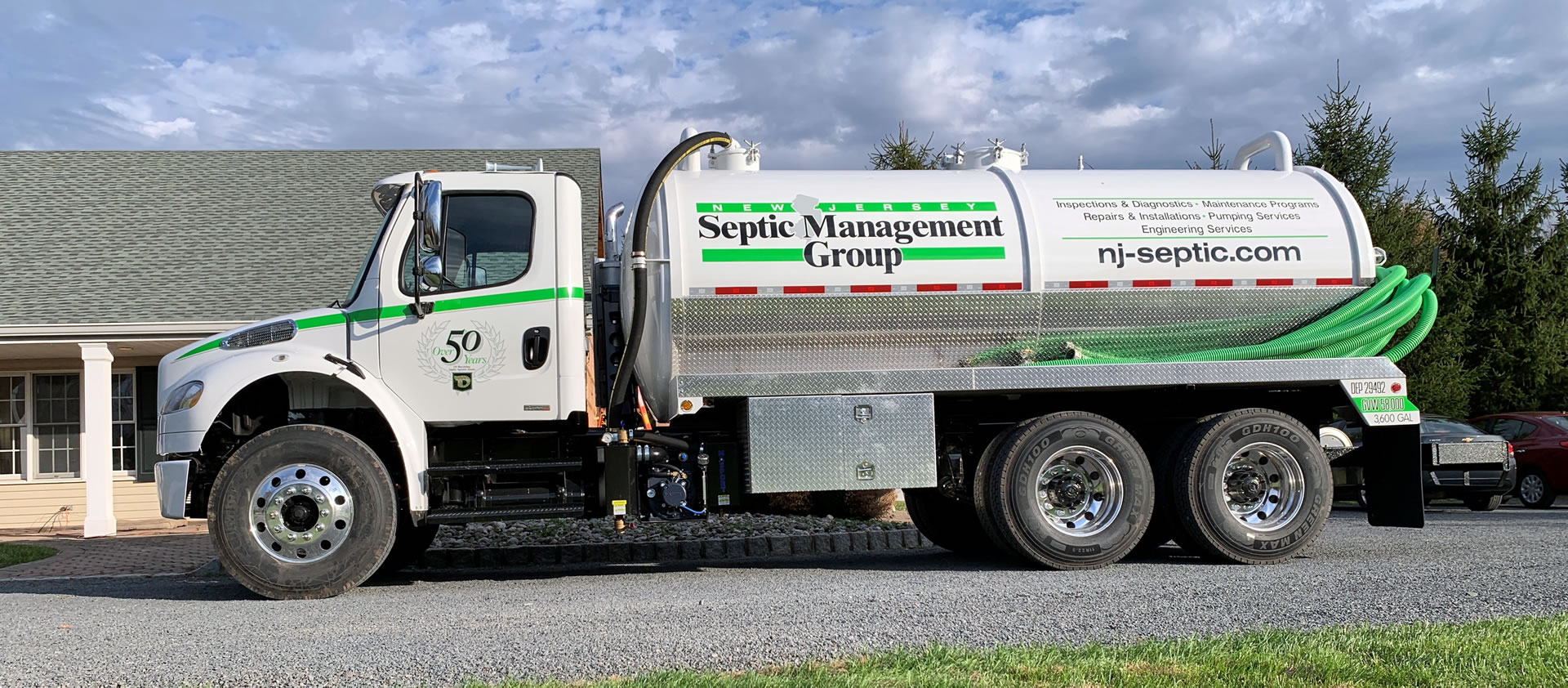Indicators on Stillwell Septic And Grading You Should Know
Table of ContentsStillwell Septic And Grading - QuestionsSome Known Details About Stillwell Septic And Grading Stillwell Septic And Grading Fundamentals Explained5 Easy Facts About Stillwell Septic And Grading ShownThe Main Principles Of Stillwell Septic And Grading The Best Strategy To Use For Stillwell Septic And GradingIndicators on Stillwell Septic And Grading You Need To Know
Generally, sewage-disposal tank installation is an intricate procedure that calls for cautious preparation and implementation. Home owners need to deal with a trustworthy setup team and know neighborhood guidelines and demands to guarantee that their septic tank functions effectively for years to come. After the sewage-disposal tank has been set up and attached to the drainpipe area, it is time to backfill the area.The backfill product ought to be devoid of clods, huge rocks, frozen issue, and debris that can lead to voids in the backfill that might allow clearing up over time. Squashed rock or pea gravel 1/2-inch in size is chosen if native materials are not proper. When the backfilling is full, it is time to landscape the location.
When the septic system has actually been installed, it is critical to test it to guarantee that it is working properly (Setpic System Repairs). https://moz.com/community/q/user/stillwellsag. Testing the system entails examining for leaks, ensuring that the container is at the proper level, and examining the drain field. One of the most common tests done is the hydraulic tons test
The Ultimate Guide To Stillwell Septic And Grading
The water is then kept an eye on to ensure that it moves correctly through the pipelines and right into the drainpipe area. If the water does not flow correctly or backs up right into the container, it may indicate an issue with the system. One more examination that is frequently carried out is the dye test.
The dye is after that checked to ensure that it flows appropriately with the pipelines and right into the drainpipe field. If the dye does not flow appropriately or appears in the wrong area, it may indicate a problem with the system. It is important to have a specialist carry out these tests to make certain that they are done properly.

The smart Trick of Stillwell Septic And Grading That Nobody is Discussing
Below are some crucial tips for house owners to preserve their septic system: The typical household septic tank need to be evaluated a minimum of every 3 years by a septic solution expert. The frequency of pumping relies on the size of the tank and the number of individuals utilizing it. http://peterjackson.mee.nu/do_you_ever_have_a_dream#c1997. A basic guideline is to pump the container every three to five years
Using water-efficient fixtures and home appliances, such as low-flow showerheads and commodes, can lower water usage and assist the septic tank work more effectively. Just flush toilet tissue and human waste down the bathroom. Stay clear of flushing anything else, including feminine hygiene products, child wipes, and cooking grease, as they can obstruct the system.
Things about Stillwell Septic And Grading
Sewage-disposal tank setup is an intricate process that needs cautious planning and execution. House owners should be conscious of the needed steps included in the installment procedure to make sure that their septic tank operates correctly and successfully. The primary step is to review the website where the septic system will certainly be set up.
The dirt type reference will certainly influence how promptly wastewater is absorbed and filtered. Once the website has been examined, the next action is to prepare for the installment. This involves obtaining the necessary permits and inspections, along with picking the ideal professional for the task. House owners should guarantee that their professional is experienced in septic system setup and will function along with them throughout the process.
Little Known Questions About Stillwell Septic And Grading.

Homeowners need to be mindful of the essential steps associated with the setup process to ensure that their septic tank functions appropriately and successfully. By following these steps and maintaining their system, homeowners can feel confident that their septic system will certainly provide reliable wastewater therapy for lots of years to come.
Almost one in 5 U.S. homes have septic systems. If you're not correctly keeping your septic system, you're not just injuring the atmosphere, you're putting your family members's wellness at riskand might be purging thousands of bucks down the drain!
Getting My Stillwell Septic And Grading To Work

All that added water can really strain your septic system. This can be valuable especially if your system has actually not been pumped in a lengthy time.
Some Ideas on Stillwell Septic And Grading You Should Know
Know your system's location. When you have the container pumped, attract a diagram or map revealing its area in relationship to repaired points - corners of the home, steps, or fence blog posts.
Reduce the quantity of wastewater that need to be dealt with and disposed of by your system: Laundry no more than one or two tons of clothes daily. Up to 53 gallons of water flood your septic system with each load, so it's best to spread out laundry out over the week.